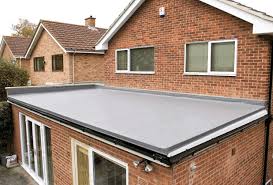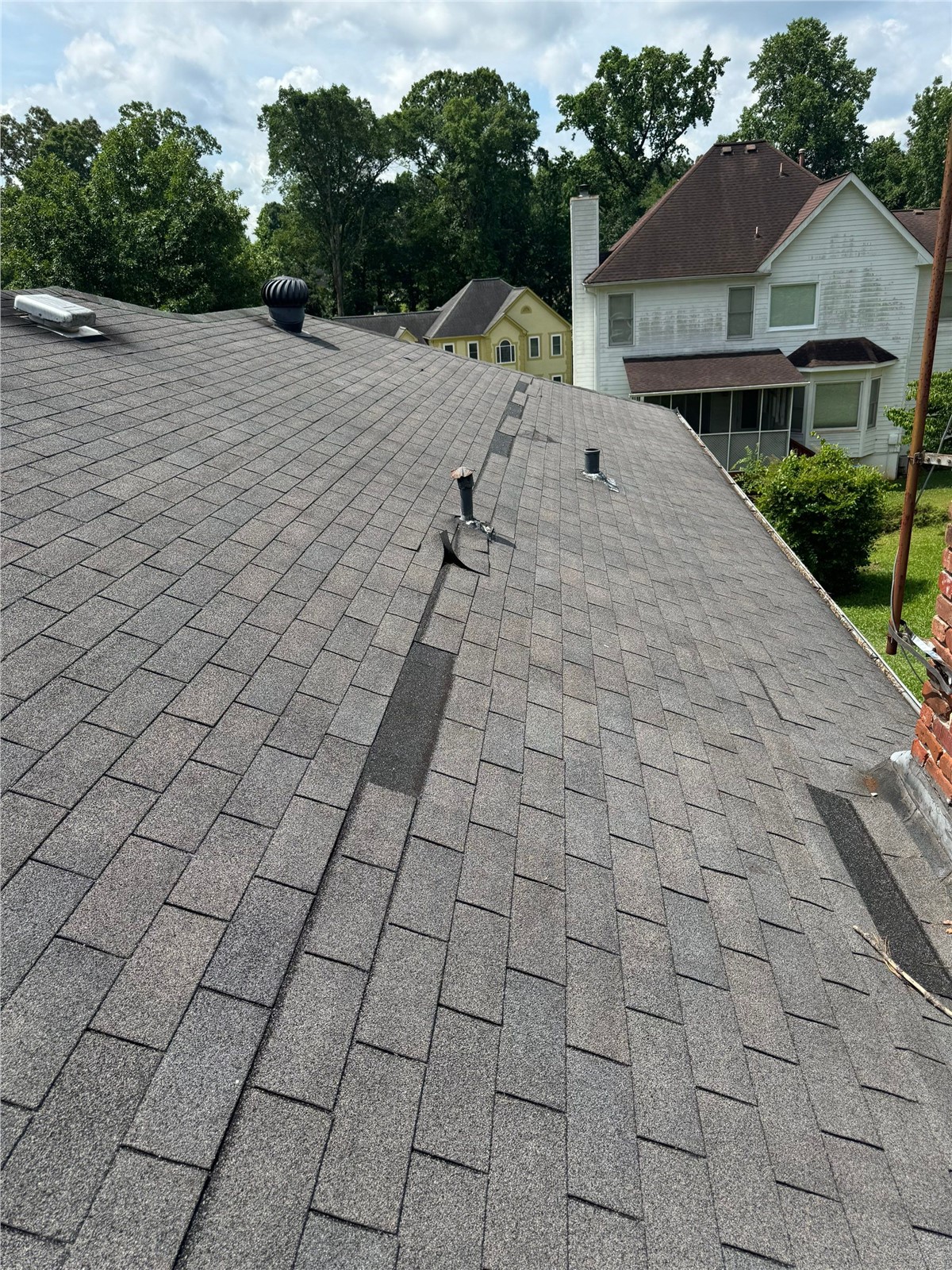
Review the pros and cons of each type of roofing material
Having a flat roof has been gaining in popularity. There are a number of concerns when repairing a flat roof that are different from a sloped roof. However, before repairing a flat roof, take these seven tips and ideas into consideration.
There are five primary types of roofing material that will work for a flat roof. These types of materials vary in style as well as price. The most simple is BUR or build-up roofing that is made of rolls of overlapping felt. The other types of roof material have different ways that they are put down. Before committing to a roof repair material, evaluate the pros and cons of each one for your budget and lifestyle plans.
Examine areas where leaks come in from the flat roof
Many types of roofs have leaks, but a flat roof is particularly susceptible to leaks. Determining where a leak originated can be difficult, but it is crucial to ensuring that all of the foundational material is correct. If you have a visible leak inside the home, try to locate that point on the roof. Replace all materials at that spot, overlapping them to ensure that there are no seams to allow water seepage.
Be thorough in replacing older pieces of framing on the roof
Don’t skimp on replacing older wood that is underneath the previous roof. When the old roofing material is scraped clean, take the time to inspect each piece of plywood or framing wood that was used. Now is the time to put down new pieces if you see any water damage, chips, or nicks.
Consider creating a small slope
A roof still is considered flat with a very small slope. Consider framing the roof into the center. This slope needs to be only enough to allow for run-off. With leaks as a large problem for a building with a flat roof, a minor slope can lengthen the life of a repaired roof.
Put in quality flashing
The flashing goes around vents, chimneys, and other protrusions around the roof. Basic flashing is really inexpensive but spring for something on the higher end. Flashing protects the roof from leaks, and that is especially important for a flat roof.
Watch the temperature on the asphalt and felt rolls
Because putting on a roof is tough work, it can be tempting to take many breaks. Try to plan your roof repair to avoid doing so, however, until you have completed an asphalt-felt layer. The asphalt rolls that insulate one’s roof go down best if they do not become overheated while rolled and the felt needs to be placed over them as quickly as possible once they are stretched onto the roof. This step needs to be done as efficiently as possible; get extra helping hands for this part if you can.
Nail with a plan!
Don’t just put roofing nails down willy-nilly. Have a plan in place. Stagger the nails over the roofing material to help ensure that they provide complete protection.
Don’t want to do it yourself? Call Dr. Roof and we will do it for you with our professional contractors.
Subscribe to Dr. Roof's Blog








Comments